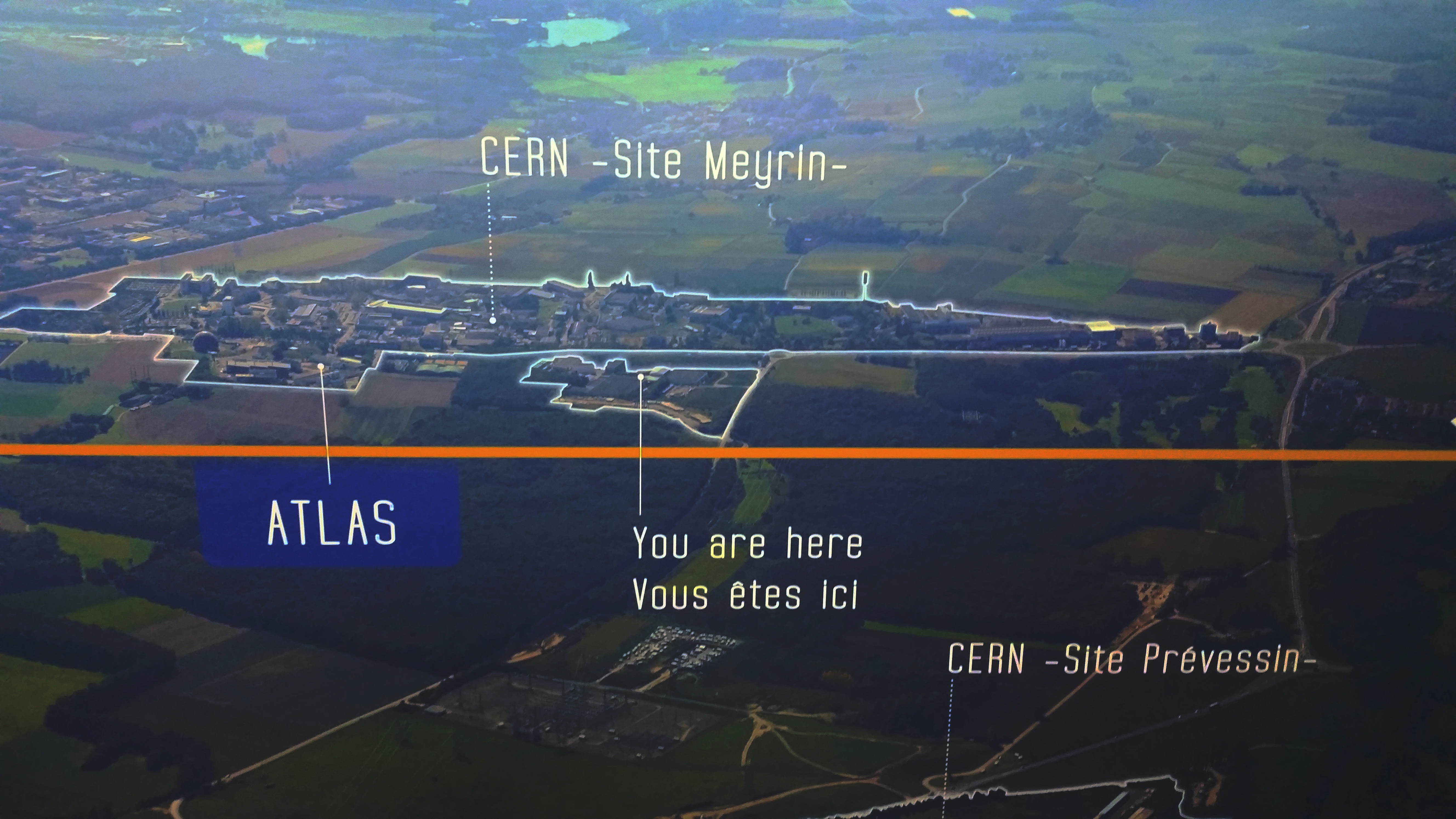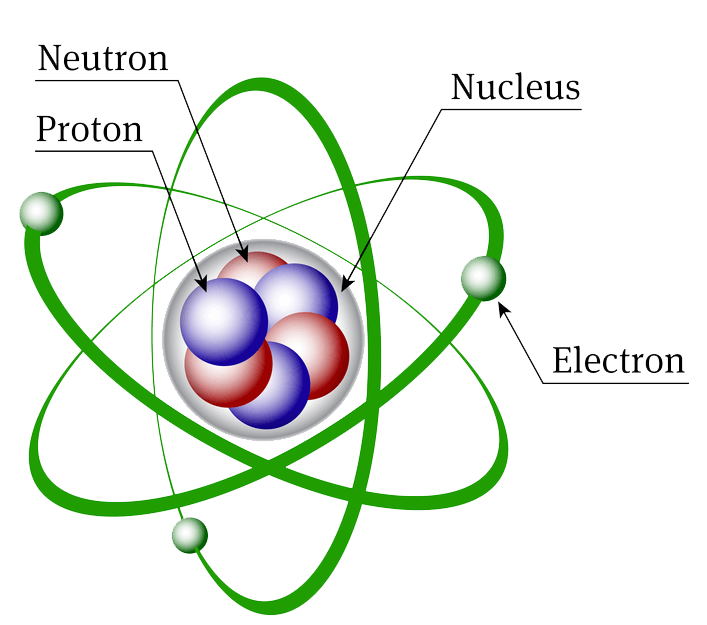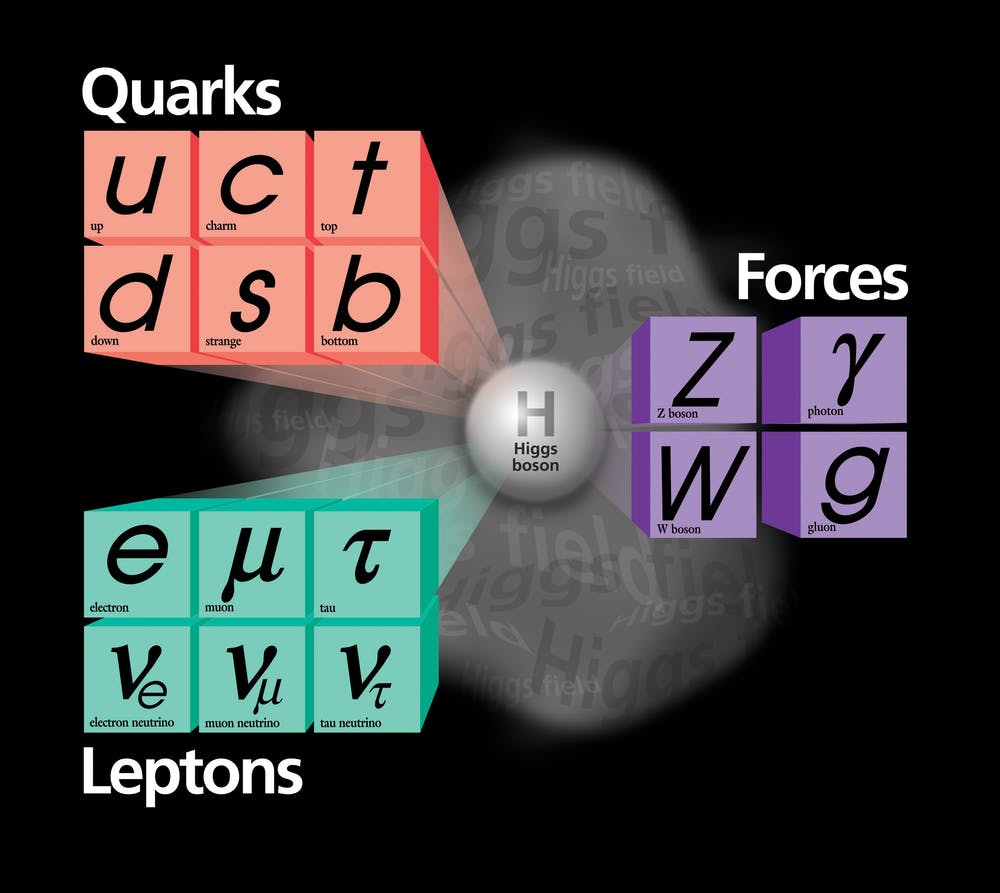
On July 25, 2015, I had all the stars lined up in my favor as they say. At least, that’s what it felt like! On that day, I was fortunate enough to visit the biggest research facility in Europe, also known as the almighty CERN, or the European Organization for Nuclear Research. Located on the Swiss-French border on the outskirts of Geneva, CERN operates the largest particle physics laboratory in the world.
Needless to say that I, the biggest non-initiated particle physics fan in my corner of the world, have been dreaming of this visit for six years. To be precise, ever since I first heard about the Higgs boson, a couple of years prior to its discovery. But we shall talk about that in due time.
So, CERN was founded in 1954 and has expanded mostly throughout the last 20 years. It is renowned for tackling the hardest question in the realm of physics: how did the universe that we know now came to be? Or, in a more technical manner, what is the explanation behind the current composition of the universe and the particles that constitute it?
To answer these questions - or attempt to -, we should probably try to refresh our memories and remember that boring physics chapter from high school, the one about atoms, remember that one?
The Standard Model of Particle Physics

To start, an elementary particle is a particle that is not composite: it is not made of other known particles, and could almost be considered as “indivisible” (quite the simplification!).
Second, an atom is made of electrons, which are elementary particles that gravitate around the nucleus. The nucleus contains two types of non-elementary particles: neutrons and protons.
Neutrons and protons are made of quarks (elementary). There are six known flavors, or types, of quarks: up, down, bottom, top, strange, and charm.
Electrons are part of a particle family called Leptons, along with five other elementary particles: tau, muon and three types of neutrinos.

There are also four elementary particles categorized under the name Forces: photon, gluon, Z boson and W boson.
Last but not least, Higgs boson is the most sought-after elementary particle of the century because of its importance: it gives mass to all other particles.
And that’s a quick overview of the Standard Model of particle physics for you. Twenty-nine elementary particles so far!
What do they do at CERN?!
At CERN, they accelerate particles. In other words, picture two trains driving at almost the speed of light in opposite directions. Suddenly, their respective trajectories deviate towards each other… and BAM! Collision. Chaos. Debris…
But here’s the thing: the acceleration and collision of particles at CERN do not result in a mass of debris, but in mass. By mass, physicists mean new particles that did not exist prior to the collision. But how did we get those? In fact, the energy that is generated by the collision is transformed into mass because, well, E = MC²!
And how does that answer the question about the universe’s origin and composition?! By colliding beams of protons, CERN recreates on a smaller scale the phenomenon of the Big Bang. Indeed, no one knows how the Big Bang came to be, but when it happened, an incredible amount of energy was transformed into particles. Then, the particles combined to form atoms, and nature ran its course until we, the human species, saw the light!
That’s how CERN operates. It collides beams of protons, and observes the results: which particles came out, their number, their frequency… and on the plus side, some new particles may appear and result in a huge discovery for the field of particle physics!
Such was the case for the Higgs boson: some forty years ago, Peter Higgs and François Englert theorized about the existence of a massless elementary particle that would give mass to all other particles. In order to observe it physically, CERN built the biggest particle accelerator in the world, the Large Hadron Collider (LHC), a 27 km circular accelerator that can now support a level of energy as high as the record number 13 TeV. The particle was first observed in 2012, and it was confirmed to be the Higgs boson on March 14, 2013. The discovery made headlines worldwide, and Higgs and Englert were both awarded the 2013 Nobel Prize in Physics for their prediction.
How do particle accelerators work?
There are two types of accelerators at CERN: linear and circular.
First, beams of protons are accelerated in linear accelerators, then they are sent to small circular accelerators where they keep circulating until they almost reach the celerity of light.
For the four most important experiments, ATLAS, CMS, LHCb, and ALICE, two beams are sent in opposite directions into the LHC tunnel.
All circular accelerators are equipped with the following technologies in order to accelerate the particles and maintain them grouped together for a better collision:
- Radio-frequency cavity: it accelerates particles using electric force.
- Bipolar magnet (supraconductor): it applies centripetal force to the beam so that it follows the curve of the accelerator.
- Quadripolar magnet: it focuses the bunch of protons so that the particles do not scatter.
When the two beams reach a certain speed, they collide in eight precise locations where there are all types of detectors and captors in order to detect and analyze the results of the collision.
Statistics
- In a single beam of particles, there are almost one billion billion protons (1,000,000,000,000,000,000; 1 followed by 18 zeros), divided into 3000 bunches, which amounts to one million billion protons per bunch.
- One collision happens every 25 nanosecond.
- One bunch goes through the 27 km accelerator 11,000 times per second.
Harrowing, isn’t it!
How you can visit CERN
In order to hear and see all that yourself, book the earliest flight for Geneva, Switzerland, and ask for a free guided tour on CERN’s website.
The technology used at CERN is mind-blowing, and they keep developing and honing it. Even if you are not the biggest physics buff, you will surely be interested by what they are doing and learn something new!
-J.
Image sources:




Share this post
Twitter
Facebook
Reddit
Email